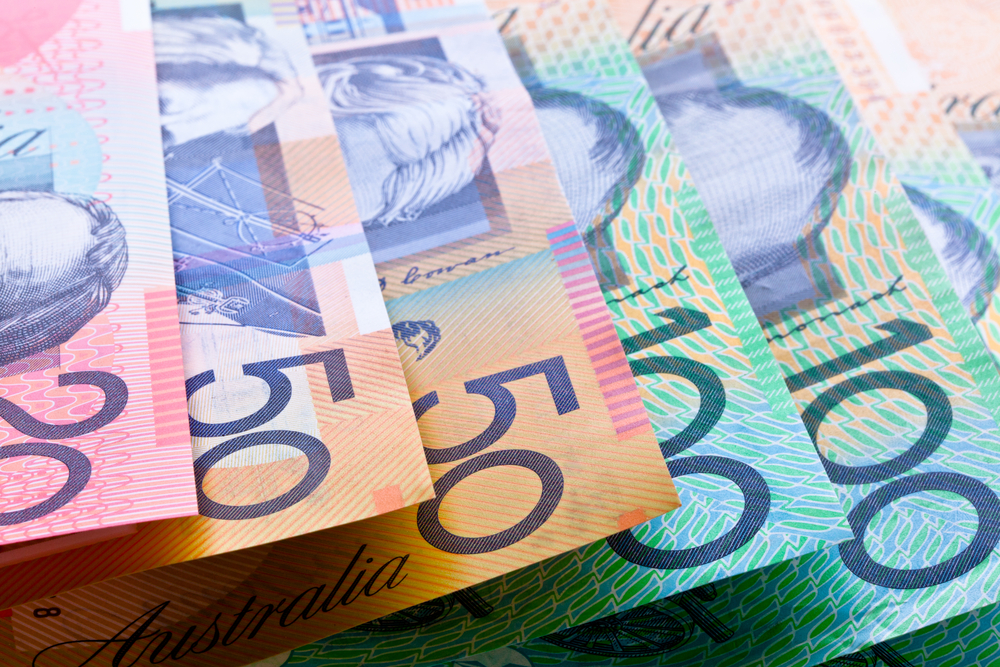
The Australian dollar was the surprise victor in forex market trading on Monday morning as the markets woke up from the weekend.
It rose in its pair against the US dollar by a fifth of a percentage point and reached $0.7024 at one stage.
This was largely due to a rise in industrial output from one of Australia’s major trading partners, China.
Output in that economy went up over the month of June, leaving behind the 17-year low which it experienced the month before.
This was then followed up by a retail sales figure which showed a rise of almost 10% in June – which was substantially different to, and better than, the prediction of 8.3%.
The Australian dollar is highly sensitive to a number of factors, including the performance of the Chinese economy. This is because China is one of Australia’s main export partners.
This has also meant that Australia has suffered by proxy as a result of the ongoing trade battles between the US and China – meaning that this strong performance was a welcome relief for traders of the currency.
The offshore Chinese yuan also benefitted from these developments, and it reached a seven-day high point at one stage.
However, the US dollar still managed to preserve its hegemony in other currency pairs. It rose against two of the most well-known “safe haven” currencies: the Swiss franc and the Japanese yen.
Against the franc, the dollar saw a modest gain of 0.1% and rose to $0.9853 against the franc.
It went up against the Japanese yen, and it crossed the 108.00 thresholds at one stage.
This was partially due to the Marine Day holiday in Japan, which meant that many financial institutions in the country were closed.
Overall, though, the dollar index declined over the course of the day – a drag which came largely from the strong performance of the Australian dollar, which is part of the index. The index is designed to monitor how the greenback performs compared to a range of other currencies from across the globe.
Today, it was stagnating at 96.865 – which represents its lowest point for 10 days. This was also due to the impending Federal Reserve interest rate decision in a couple of weeks’ time, which markets are expecting a rate cut of around 25 basis points to be made.
There is even some possibility that the central bank may choose to make a 50 basis point cut, which is equivalent to 0.5% off the main rate. It is believed that there is a 20% chance that this could take place.
The meeting of the Federal Reserve will take place on July 30th and 31st, and in the intervening period there will be a series of speeches from the Fed’s chair Jerome Powell as well as other members of the Federal Open Market Committee – all of which could hold some clues.
The euro could not claim responsibility for the dollar index’s stagnation. It was down in its pair with the US dollar, and at one stage it was recorded at $1.265 EUR/USD.
 Between 74-89% of CFD traders lose
Between 74-89% of CFD traders lose  Your capital is at risk
Your capital is at risk  Your capital is at risk
Your capital is at risk  Your capital is at risk
Your capital is at risk